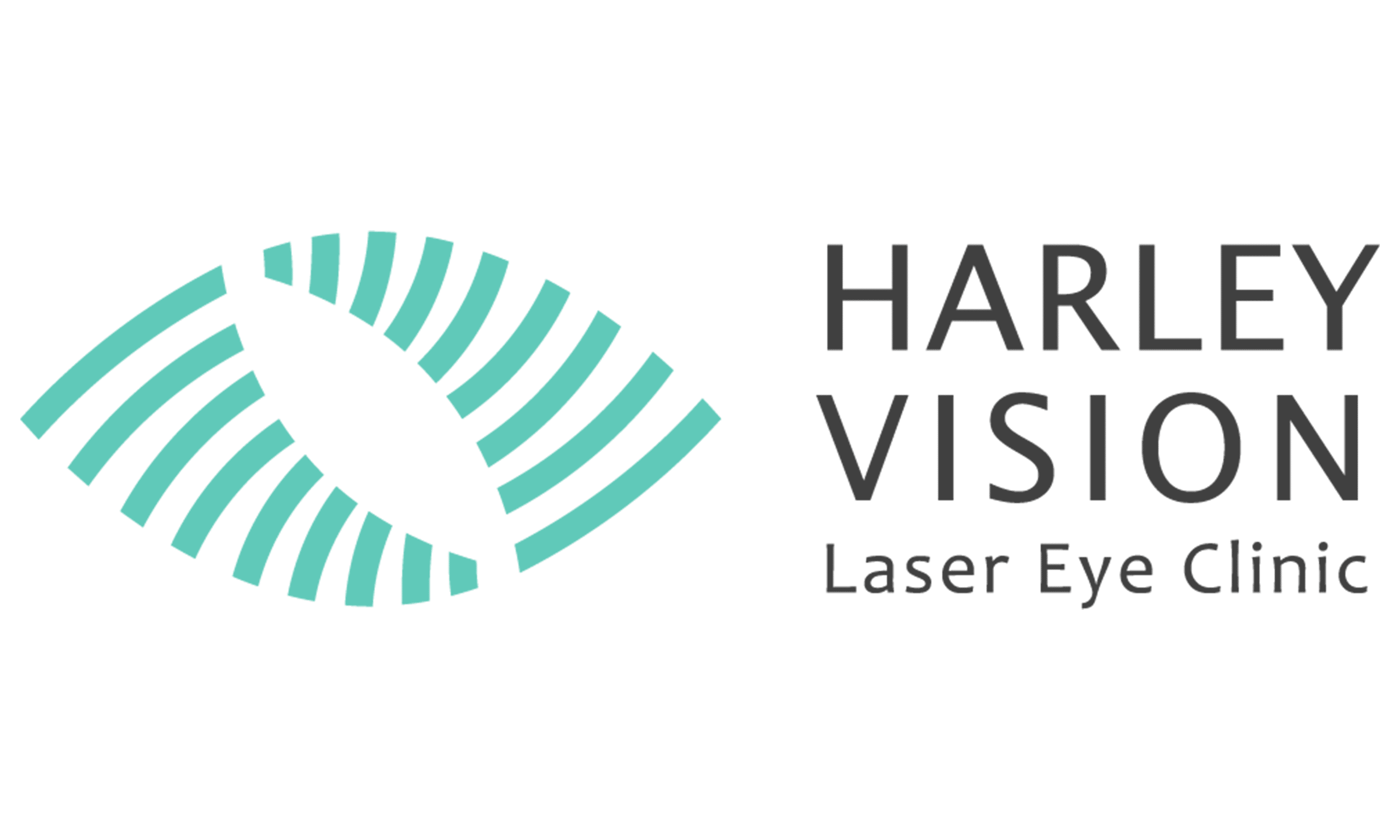Harley Vision is a specialist clinic for recurrent cornea erosion syndrome (RCES), which our cornea specialists having extensive experience in dealing with this condition.
RCES is a surprisingly common condition of the cornea, which is the clear window at the front of the eye.
Recurrent corneal erosion syndrome occurs because of the front layer of the cornea having abnormally weak adhesions to the underlying cornea layers. Overnight, the cornea naturally becomes more dry and therefore adherent to the inner aspect of your eyelid. In recurrent corneal erosion syndrome, the front layer of the cornea breaks down as your open your eyelid on waking up. This is what results in a scratch of the cornea (also known as cornea abrasion) on waking up from sleep.
Recurrent corneal erosion syndrome results in significant pain, blurred vision, eye wateriness, sensitivity to light and/or eye redness most commonly on opening the eyes from sleep.
It may occur once, or can be recurrent as the name suggests.
What is the treatment for RCES?
We ofter start with conservative (non-surgical treatments) for RCES, such as eye drops, eye ointments and bandage contact lenses.
If conservative measures fail, then surgical options are tried. These include options such alcohol delamination of the cornea epithelium and phototherapeutic keratectomy (PTK laser).
Frequent asked questions (FAQs):
Recurrent corneal erosion syndrome results in significant pain, blurred vision, eye wateriness, sensitivity to light and/or eye redness most commonly on opening the eyes from sleep.
It may occur once, or can be recurrent as the name suggests.
Recurrent corneal erosion syndrome most commonly occurs after a scratch to the eye with a sharp object (often a nail). The injury can result in poor healing of the corneal surface layers, resulting in recurrent erosions. These can occur days, weeks, months or even years after the initial injury.
The next most common cause is a genetic condition known as anterior basement membrane dystrophy (also known as map-dot-fingerprint dystrophy).
You will need to be examined by a cornea specialist who deals with this condition regularly, and can find subtle signs of RCES on clinical examination and high-definition cornea scanning.
Recurrent corneal erosion syndrome is a painful condition, and can result in complications such as cornea scarring (which worsens vision) and cornea infection.
The pain and sensitivity to light caused by the condition can cause distress to the patient, and must not be underestimated.
Treatment is therefore important to alleviate the patient’s suffering and reduce the risk of complications.
RCES can also results in superficial cornea scarring long-term, especially if an infection occurs.
Lubricating eye drops and ointments can help in both healing of recurrent corneal erosions and in reducing risk of recurrence.
A lubricating eye ointment or hypertonic sodium chloride eye (5%) ointment can be used just before sleep to reduce recurrent corneal erosions. This theoretically helps to keep the cornea and inner surface of the eyelid lubricated.
This theoretically reduces the adherence of the two structures together during sleep, which reduces the risk of recurrent cornea erosion occurring on opening of the eyes from sleep.
Antibiotic drops or ointment are important for prevention of infection, as a cornea erosion means that the natural protective barrier of the eye against infection is breached.
Other treatment options include a temporary bandage contact lens, cornea epithelial delamination, anterior stromal micropuncture and excimer laser phototherapeutic keratectomy (PTK laser) surgery.
No single treatment has 100% success rate, and your eye specialist will advise you about the most suitable options for your case.
